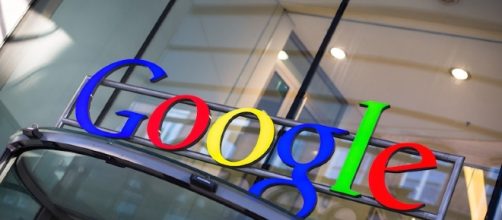Many famous companies anxiously yanked their advertisements from YouTube which were placed next to hateful videos and began their boycott against the Google advertisement policy. Two weeks later, Google has finally won them over and come up with a satisfying answer for all the brands in order to halt the crisis using "Smart Machines".
Alphabet Inc.'s main division has proposed to launch a new system that will let firms verify ad quality standards on its video service, with a revised yet better description of explicit content.
Significant advertisers stop spending
A large number of significant advertisers, nearly 250 to be specific, stopped spending on YouTube and Google's digital ad network after advertisements were seen running nearby videos promoting hate speech, violence, racism and terrorism. Google initially guaranteed new controls for advertisers, that was largely neglected to obstruct the boycott. This started a boiling argument in digital advertising over quality assurance, or "brand safety," standards online.
Google has since enhanced its ability to root out offensive videos and instantly debilitate advertisements, Chief Business Officer Philipp Schindler disclosed in a recent interview that Johnson and Johnson, one of largest advertisers to yank spending, said it is inverting its image in most significant markets.
The use of brand safety firms
A company spokesperson said that the system will also incorporate input from third-party measurement and brand safety firms like Integral Ad Science and ComScore. "We are working with companies that are [Media Rating Council]-accredited for ad verification on this initiative and will begin integrating these technologies shortly."
Since the boycott began, Google has assigned a huge amount of its Artificial Intelligence tools to unravel YouTube's giant video library. The company is a pioneer in the field and has used machine learning in an effective kind of Artificial Intelligence, to enhance its products and services, including video suggestion on YouTube and advertisement serving.
Automatically classifying, then flagging and filtering entire videos content is a painstaking and expensive research venture -- one that Google hasn't put its concentration on much, until now.

